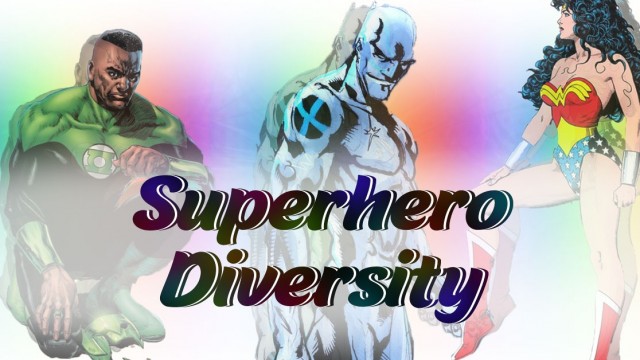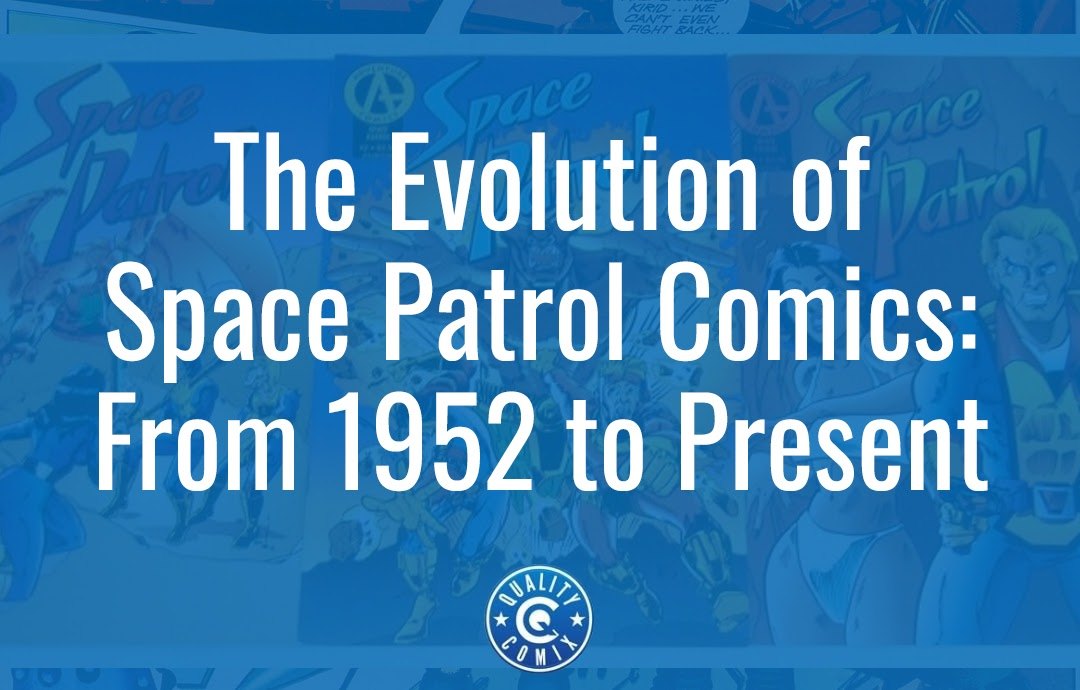
Fans of vintage comics know that comics from the 50s have a very different kind of aesthetic than more modern comics. Many of the subjects were more down to earth, with comics featuring real-life soldiers and wars, ground-level police or detectives dealing with ordinary, everyday crime, and, of course, the venerable Western genre full of cowboys and their adventures.
While most of these comics tended towards the mundane and told realistic stories, a few stepped outside that paradigm and explored more exotic topics. You had comics about deep jungle adventures, comics with fantastic horror monsters, and, of course, the final frontier of space.
One such comic from the 50s was Space Patrol. Those of you in the know might think there's not much to talk about here – and if you're in a pure collector's and investor's mindset, you're right – but that doesn't mean it's not an interesting topic to dive into. So, let's do exactly that.
Table of Contents
What Was Space Patrol?
Before we can talk about Space Patrol, the comics, we have to talk about Space Patrol, the TV series.
Launched in 1950 and running until 1955, Space Patrol was a US Television series aimed primarily at children. Though it was originally targeted at children, it ended up being phenomenally popular with the adult audience as well, and by 1954, it was one of the top ten TV shows broadcast on Saturdays. That's quite the pedigree for something that, as a science fiction novelty, largely existed to sell toys and tie-in merchandise.
Then again, we comic fans are no strangers to characters and media made more to sell toys than to tell stories. Just look at every beloved media franchise from the 90s…
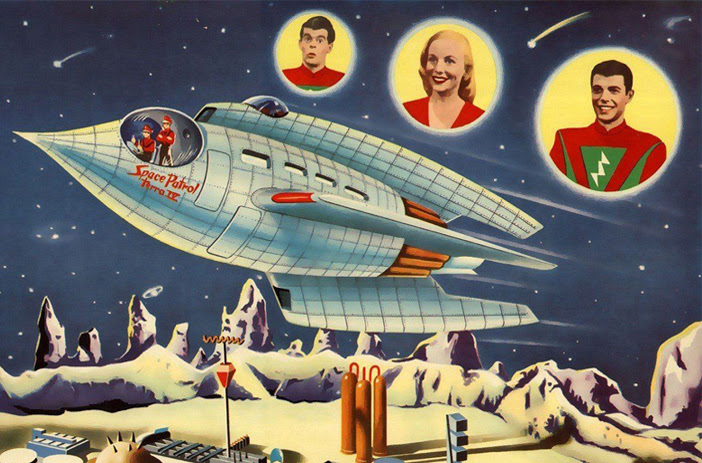
Set in the 30th century, the Space Patrol TV series was created and written by Mike Moser (and later others after his passing in 1954) and starred a variety of actors and actresses. Moser's goal was to create a new sci-fi series for children that was exciting to then-modern kids as his own generation was excited for things like Buck Rogers and Flash Gordon. The TV show ran for five and a half seasons totaling up 210 half-hour episodes and 900 15-minute episodes, so you could say he succeeded.
So, what was it all about? The show broadly followed the adventures of the Commander-in-Chief of the titular United Planets Space Patrol, Buzz Corry, his sidekick, other members of the patrol, and the interplanetary villains always pursuing their evil schemes.
For the 50s, it was neither deeply nuanced nor anything we would think of as intensely fantastic, but it was nevertheless a stand-out for its time. It also resulted in huge amounts of tie-in media, cross-over products, and merchandise, ranging from snacks and small toys to a life-size trailer converted into a replica of the rocket used by the characters in the show.
One interesting quirk of the TV shows was that they were performed live. It ended up being a fantastic example of practical effects, since special effects needed to be produced in real-time along with the actor's movements and lines.
The Extended Influence of Space Patrol in Media
Space Patrol was incredibly popular. So much so that the creators tried a variety of spin-offs, including a similarly popular radio drama that aired at the same time and itself had 129 episodes. The same actors performed on both the TV and Radio shows, but the scripts and stories in the radio drama were more expansive because they didn't have to worry about sets and props.
Space Patrol started off with 15-minute episodes Monday through Friday, and when it became incredibly popular, the new 30-minute episodes for Saturdays were created.
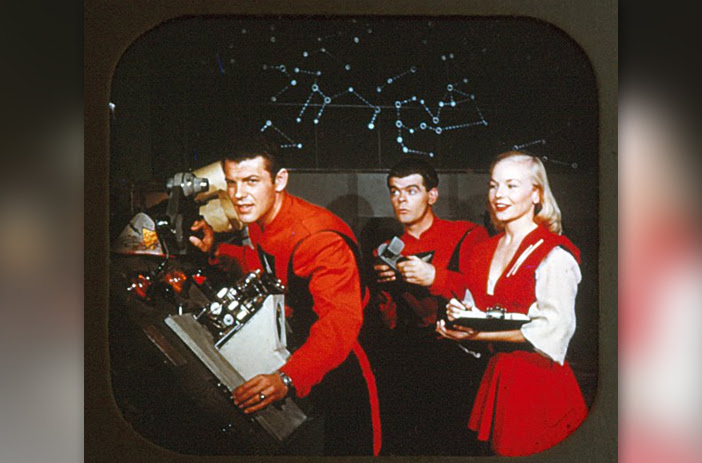
There's a good amount of noteworthy details of Space Patrol. For example, when Russia launched their Sputnik satellite, Space Patrol was syndicated under the name Satellite Police as a way to encourage Americans to not feel behind in the space race. Space Patrol was also the first subject of experimental 3D television in 1953.
Space Patrol also made history as the first west-coast broadcast beamed to the East Coast, something that we take for granted today but which was an immense technical feat back then.
In 2005, a book titled Space Patrol: Missions of Daring in the Name of Early Television was published by Jean-Noel Bassior. The book explores the TV and radio productions, including the many different ways the show broke new ground and set trends for what would come in the decades after, as well as how Space Patrol guided the development of TV. It includes many fantastic personal interviews, anecdotes, and historical records, and even has as complete a guide as there can be for the memorabilia and merchandise created for the show. It's a fantastic example of a deep dive into a subject performed in a way that other documentarians should admire.
Space Patrol in Comics
Oddly enough, for a media property of the era and with such popularity and acclaim, Space Patrol almost didn't even make it to comics. A comic was created based on scripts by Phil Evans. It was illustrated by Bernard Krigstein (famous for a variety of reasons) and with cover paintings by Norman Saunders and Clarence Doore. The comic was published by Ziff-Davis in 1952.
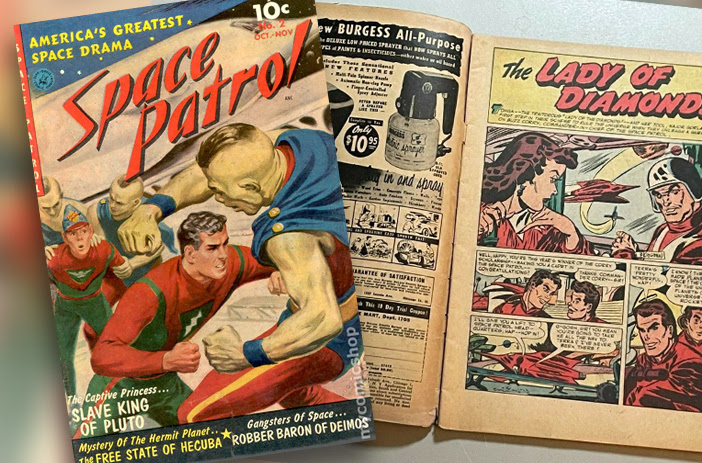
For a TV show with hundreds of television episodes and over a hundred radio episodes, it may be shocking to learn that the comic only ran for two issues. Space Patrol #1 and space Patrol #2 are vibrantly illustrated and contain three main stories each, along with a few side stories and unrelated comics that last for a couple of pages each. And, of course, plenty of mail-in merchandise ads and a full schedule of when and where the TV Show airs.
Why did the comic only last for two issues? I have no idea. Maybe the book has more information about it in between stories about the TV and Radio shows, but I didn't catch it.
A Return to Space Patrol Comics
Space Patrol has lingered in the public consciousness for decades, and periodically, some interest resurges. This happened in the 90s when another comic was published under the Space Patrol name. These comics were published by Malibu in 1992 and ran for three issues.
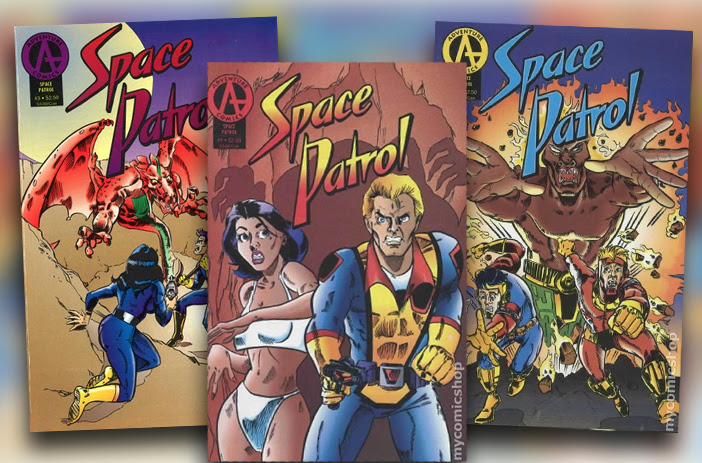
In every possible metric except the number of issues, Space Patrol 1992 was a worse series.
- The art is worse. The artist, Doug Wheatley, went on to do other and better things, but these are pretty rough even for 90s standards.
- The stories are nothing like the original Space Patrol. In fact, the author mentioned in an interview that he had never actually seen the original show or read the original comics, so it's really just completely different.
- It's not scarce or sought-after; basically, the only things it shares with original Space Patrol merchandise are the shape of the logo and the names of some characters.
It's no wonder that this one didn't catch on.
Other Uses of Space Patrol in Comics
Throughout all of comics history, it's hard to imagine that a name as generic as "Space Patrol" wasn't used in other ways, even when you factor in trademarks and copyrights. Indeed, the name was used even before the 1950s and well after.
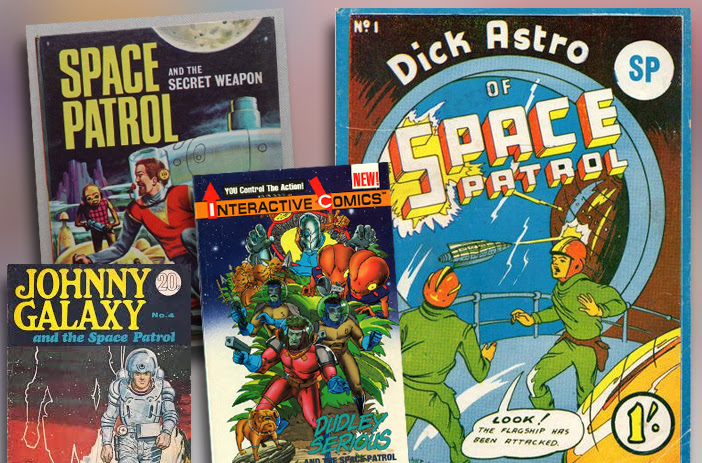
Examples include:
- The 1965 Space Patrol and the Secret Weapon is a rare one-off large-format comic. This was actually based on a different Space Patrol TV show, a puppet-based space adventure that aired in Britain in the 60s. It, too, was popular and spawned plenty of spin-off media, but the two weren't related.
- Dick Astro of Space Patrol, a comic from 1948 that predates the popular TV show and has nothing to do with the main production beyond sharing the name.
- Dudley Serious and the Space Patrol is another Malibu comic from the 90s that has nothing to do with the original Space Patrol, but this time, at least doesn't try to copy the name or characters.
- Johnny Galaxy and the Space Patrol, a four-issue series of space adventures from 1966 that has nothing to do with any of the other Space Patrols listed.
- Pete Mangan of the Space Patrol, a six-issue series published in 1953, clearly meant to capitalize on the name of the Space Patrol in the 50s, but set even further in the future, with different characters and plotlines to contend with.
- Rex Strong of the Space Patrol, another two-issue comic from the 50s, this time 1957. This one mimicked the aesthetic of the real Space Patrol comic a bit closer, but still wasn't actually related.
- Basil Wolverton's Space Patrol, an even earlier golden age Space Patrol from the 40s, is more of a comedy and space opera than the later TV series and spin-offs. Wolverton was famous for his extremely ugly caricatures and distorted figures, which played well in drawing outlandish space creatures.
And, of course, the name has been used in other contexts as well. Marvel had a hero team named Space Patrol for a few issues, for example. Still, for such a beloved vintage series, it's incredible that so little was actually made about it in comics, either at the time or now.
Will There Be a Reboot of Space Patrol?
Never say never! At this point, if Space Patrol isn't already in the public domain, it will be in short order. The creator died before the show ended, so it's not as though he has much say in it anymore. That said, despite being a vintage classic and despite our current media culture seemingly laser-focused on scraping the bottom of the barrel for anything nostalgic to bring back, this may be one that slipped through the cracks.
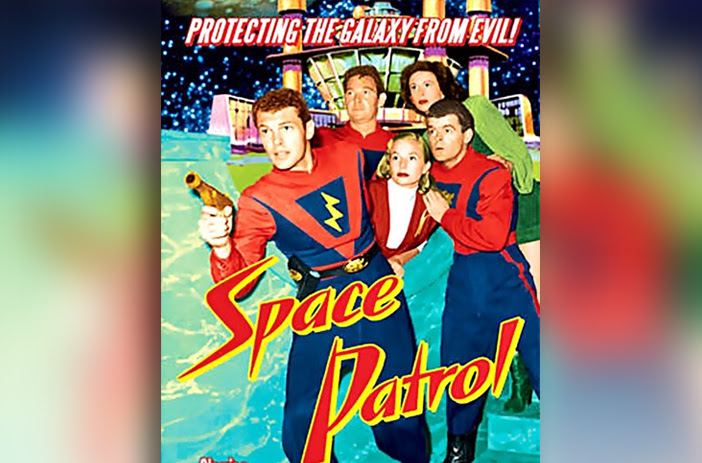
As something that aired in the 50s, people who were kids then would be in their 70s and 80s now, so the demographic most interested in such a reboot isn't the one most current media is catering to. Moreover, despite being groundbreaking and popular at the time, there wasn't really a unique hook to Space Patrol that made it somehow enduring. It's hard to bring something like that back now without some hook to drive it.
So, while it's never impossible for something like this to be rebooted and regain popularity, it's not terribly likely, in my opinion. Still, you never know what the future holds.
What are Space Patrol Comics Worth Today?
Despite being a comics-focused site, I didn't really talk a lot about the comics. As it turns out, there's not actually a whole lot to say about them.
First up, the 1992 Space Patrol comics. All three issues of this comic are, to put it bluntly, essentially worthless. All three issues can be had in middling quality for under $5. That's not "each" here; that's total. Space Patrol 1992 #1 can be found on eBay for $1. Even one in good condition, bagged and boarded, is only $10.
Space Patrol #1 and #2 from the 1952 series, though, now those are more valuable. Mid-grade copies of these comics can be found for a few hundred bucks each, and high-grade copies can be closer to $1,000. Now, this isn't exactly super valuable, but for something with such niche popularity, it's not a bad item to have.
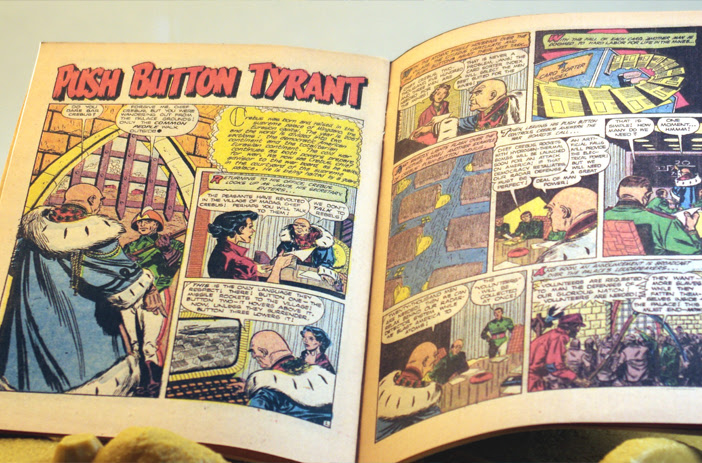
Are these prices likely to rise? Well, maybe. As I mentioned above, the general age for the people who have nostalgia for Space Patrol is getting up there. The people who collected Space Patrol merchandise are likely going to be liquidating their collections – or having their estates do it for them – within the next handful of years. With nothing to drive interest back up, it seems unlikely that the price will surge. Then again, you never know.
Do you have Space Patrol comics you'd like to sell? We're certainly interested in taking a look. Truthfully, anything you have from the 50s is worth a look. Just take a few pictures, jot down some titles, and drop us a line! Whether you want a quick appraisal or to sell to us, we're happy to chat.



